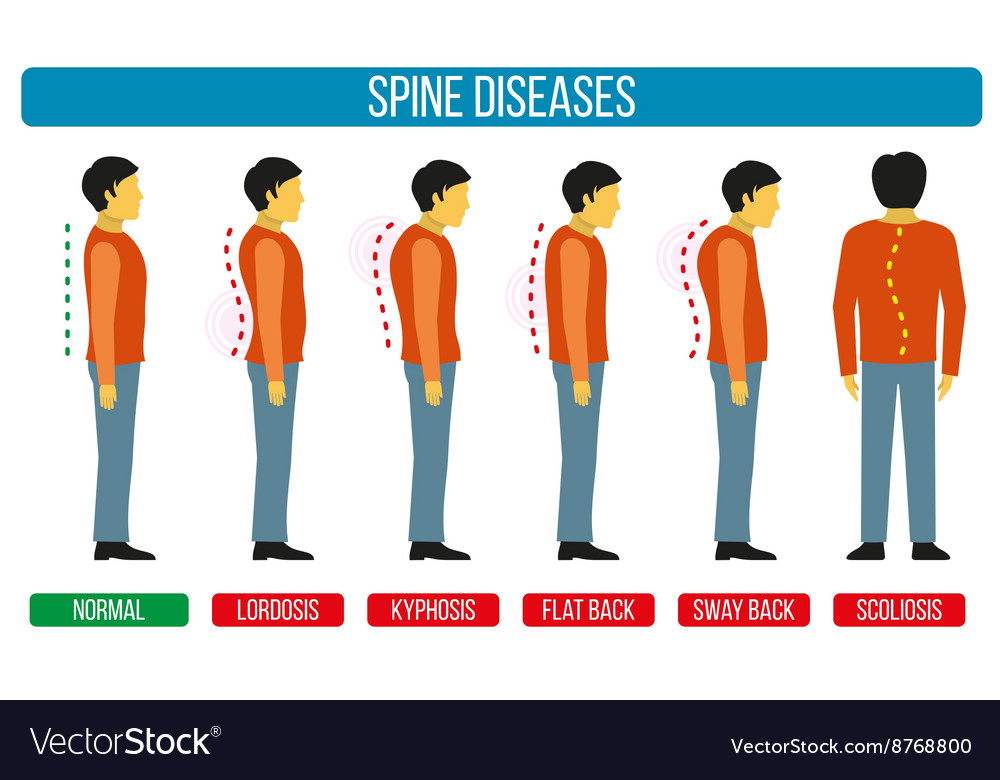The Top Daily Behavior That Add To Back Pain And How To Stay Clear Of Them
The Top Daily Behavior That Add To Back Pain And How To Stay Clear Of Them
Blog Article
Article Writer-Vega Svenningsen
Keeping proper position and preventing common challenges in daily activities can significantly impact your back health and wellness. From how you rest at your desk to exactly how you lift hefty items, small changes can make a large distinction. Envision a day without the nagging neck and back pain that prevents your every step; the remedy could be easier than you assume. By making a few tweaks to your everyday habits, you could be on your means to a pain-free existence.
Poor Pose and Sedentary Way Of Life
Poor posture and a less active way of life are two major contributors to pain in the back. When you slouch or suspicion over while sitting or standing, you placed unnecessary pressure on your back muscle mass and back. This can lead to muscle inequalities, stress, and eventually, chronic pain in the back. Furthermore, sitting for extended periods without breaks or physical activity can deteriorate your back muscular tissues and lead to tightness and discomfort.
To combat inadequate pose, make a mindful effort to sit and stand right with your shoulders back and aligned with your ears. Bear in mind to keep your feet flat on the ground and prevent crossing your legs for extended periods.
Including normal extending and strengthening exercises right into your daily routine can also help improve your pose and relieve neck and back pain related to an inactive way of living.
Incorrect Lifting Techniques
Incorrect training strategies can considerably add to pain in the back and injuries. When you raise hefty items, bear in mind to flex your knees and use your legs to lift, rather than relying upon your back muscle mass. Stay clear of twisting your body while training and maintain the object near to your body to reduce strain on your back. It's essential to keep a straight back and stay clear of rounding your shoulders while lifting to avoid unnecessary stress on your spinal column.
Constantly examine the weight of the things prior to lifting it. If it's also heavy, ask for assistance or use tools like a dolly or cart to carry it securely.
Bear in mind to take breaks throughout lifting jobs to provide your back muscles a possibility to rest and prevent overexertion. By applying correct lifting strategies, you can avoid pain in the back and lower the risk of injuries, ensuring your back stays healthy and strong for the long term.
Absence of Regular Exercise and Stretching
A sedentary way of life lacking normal workout and stretching can dramatically contribute to neck and back pain and discomfort. When you don't engage in exercise, your muscle mass become weak and inflexible, resulting in bad posture and raised strain on your back. Routine workout helps strengthen the muscular tissues that support your back, boosting security and lowering the threat of back pain. Including extending right into your regimen can also improve adaptability, preventing rigidity and discomfort in your back muscles.
To stay clear of neck and back pain brought on by a lack of workout and extending, aim for a minimum of thirty minutes of moderate physical activity most days of the week. Consist of workouts that target your core muscles, as a solid core can assist alleviate pressure on your back.
Furthermore, take breaks to stretch and relocate throughout the day, specifically if you have a desk job. Basic stretches like touching your toes or doing shoulder rolls can aid alleviate stress and protect against neck and back pain. Prioritizing routine workout and stretching can go a long way in preserving a healthy back and minimizing pain.
https://www.healthline.com/health/mckenzie-exercises , keep in mind to stay up straight, lift with your legs, and stay active to avoid pain in the back. By making easy modifications to your day-to-day habits, you can avoid the pain and constraints that come with pain in the back. Take care of your spine and muscles by exercising good posture, appropriate lifting methods, and normal workout. Your back will thank you for it!
